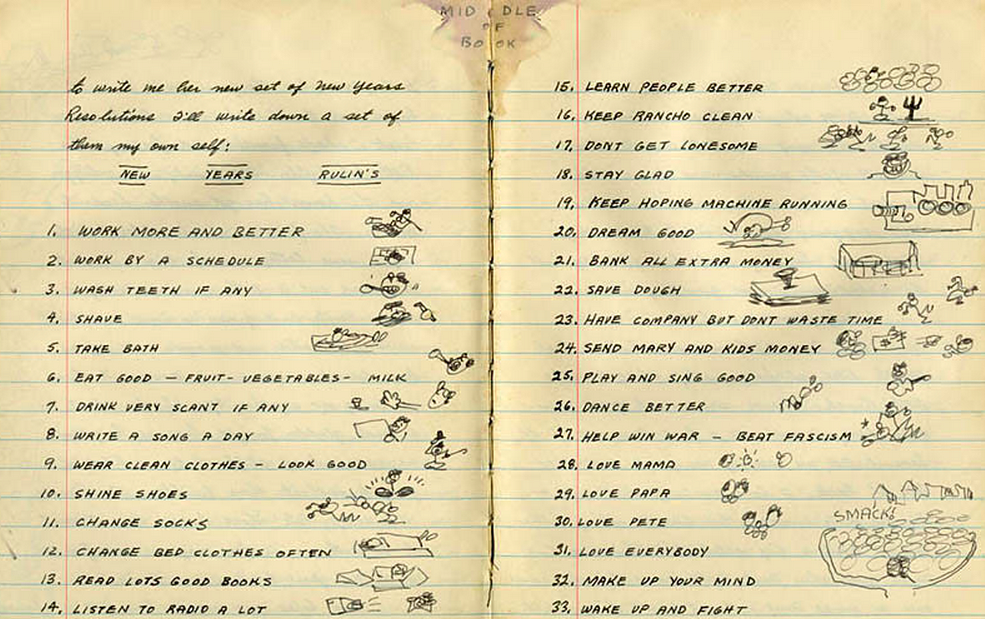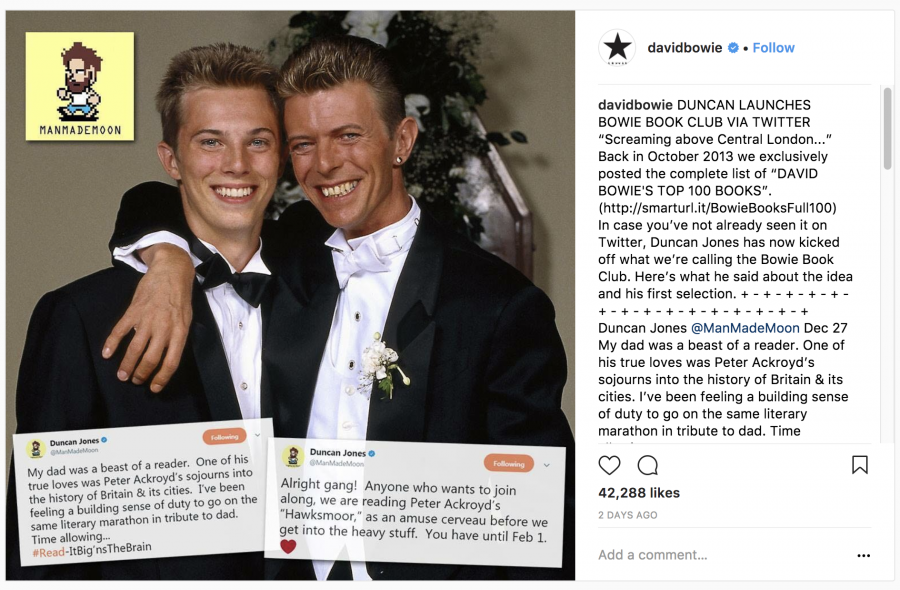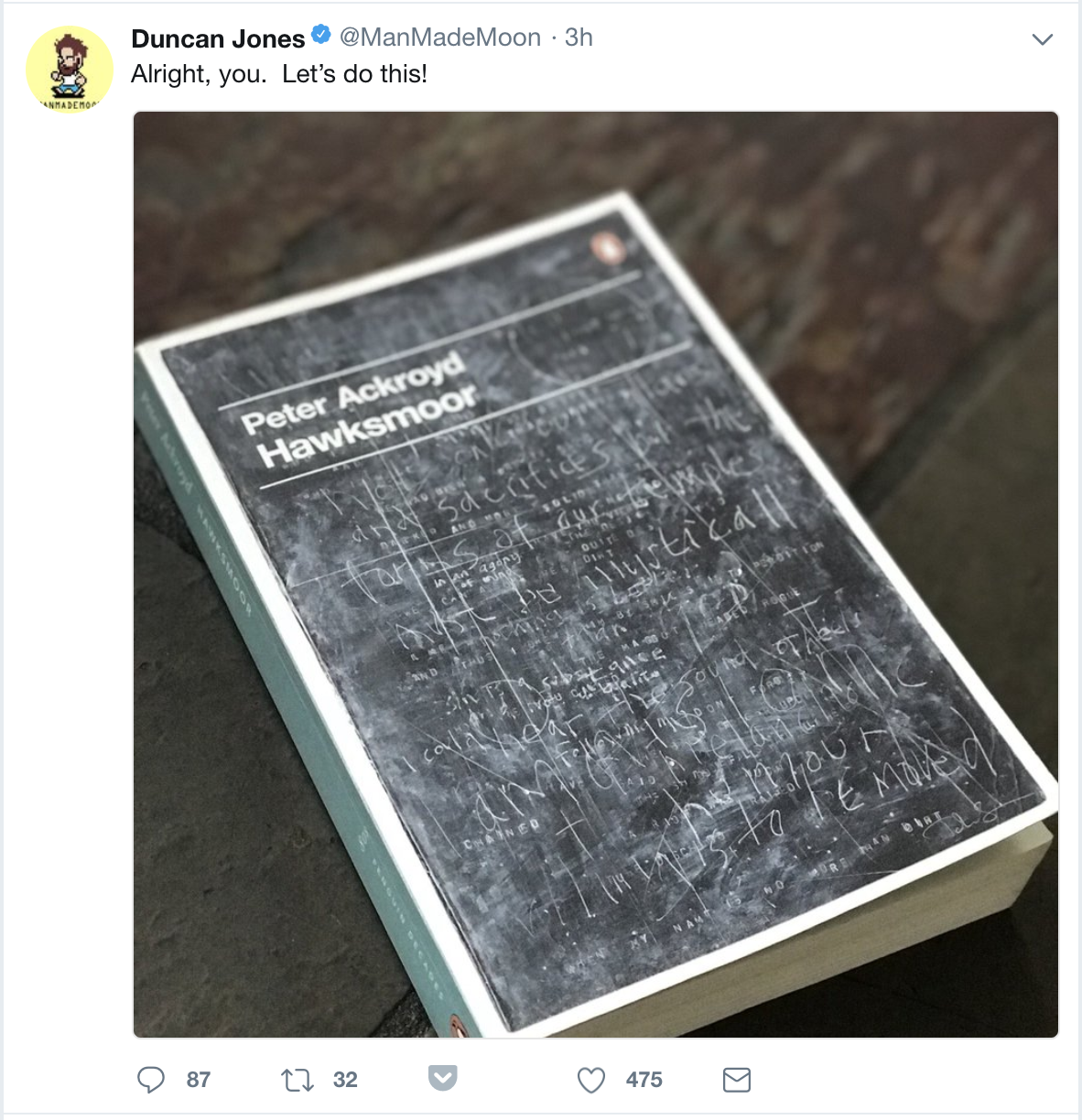I don’t know about you, but my tendency to procrastinate feels like a character flaw. And yet, no amount of moralizing with myself makes any difference. Feeling bad, in fact, only makes things worse. Perhaps that’s because—as Tim Pychyl, Associate Professor in Psychology at Carleton University argues—procrastination is not a moral failing so much as a coping mechanism for painful feelings, a psychological avoidance of tasks we fear for some reason: because we fear rejection or failure, or even the burdens of success.
Pychyl should know. He’s made studying procrastination the basis of his career and runs the 20-year-old Procrastination Research Group. Procrastination is a “puzzle,” he theorizes (the title of one of his books is Solving the Procrastination Puzzle: A Concise Guide to Strategies for Change). Solving it involves understanding how its pieces work, including our beliefs about how it operates. Pychyl’s lecture above addresses graduate students charged with helping undergraduates who procrastinate, but its lessons apply to all of us. In his first slide, Pychyl outlines four typical beliefs about procrastination:
It’s me
It’s the task
It’s the way I think
It’s my lack of willpower
Pychyl wants to debunk these notions, but he also argues that procrastination is “something we seem to understand very well” in popular parlance. One of his slides shows a typical “successories”-type poster that reads, “Procrastination: hard work often pays off after time, but laziness always pays off now.” While Pychyl doesn’t use judgmental language like “laziness,” he does acknowledge that procrastination results from ideas about short- versus long-term gain. We want to feel good, right now, a drive common to everyone.
The next poster reads “if the job’s worth doing, it will still be worth doing tomorrow.” The notion of the “future self” plays a role—the you of tomorrow who still has to face the work your present self puts off. “What are we doing to ‘future self?’” Pychyl asks. “If we can just bring future self into clearer vision, lots of times the procrastination may go away.” This has been demonstrated in research studies, Ana Swanson notes at The Washington Post, in which people made better decisions after viewing digitally-aged photographs of themselves. But in general, we tend not to have much consideration for “future self.”
A final successories slide reads, “Procrastination: by not doing what you should be doing, you could be having this much fun.” This is one of the most pervasive forms of self-delusion. We may convince ourselves that putting difficult things off for tomorrow means more fun today. But the amount of guilt we feel ensures a different experience. “Guilt is a paralyzing emotion,” Pychyl says. When we put off an important task, we feel terrible. And often, instead of enjoying life, we create more work for ourselves that makes us feel purposeful, like cooking or cleaning. This “task management” game temporarily relieves guilt, but it does not address the central problem. We simply “manage our emotions by managing our tasks.”
The word procrastination comes directly from classical Latin and translates to “put forward” that which “belongs to tomorrow.” This sounds benign, given that many a task does indeed belong to tomorrow. But prudent planning is one thing, procrastination is another. When we put off what we can or should accomplish today, we invoke tomorrow as “a mystical land where 98% of all human productivity, motivation, and achievement are stored.” The distinction between planning or unavoidable delay and procrastination is important. When delays are either intentional or the consequence of unpredictable life events, we need not consider them a problem. “All procrastination is delay, but not all delay is procrastination.”
So, to sum up Pychyl’s research on our attitudes about procrastination: “we think we’re having more fun, but we’re not”; “we think we’re not affecting future self, but we are”; and “it’s all about giving in to feel good,” which—see point number one—doesn’t actually work that well.
While we might minimize procrastination as a minor issue, its personal costs tell us otherwise, including severe impacts to “performance, well-being, health, relationships, regrets & bereavement.” Procrastinators get sick more often, report higher rates of depression, and suffer the somatic and psychological effects of elevated stress. Procrastination doesn’t only affect our personal well-being and integrity, but it has an ethical dimension, affecting those around us who suffer “second-hand,” either because of the time we take away from them when we rush off to finish things last-minute, or because the stress we put ourselves under negatively affects the health of our relationships.
But procrastination begins first and foremost with our relationship to ourselves. Again, we put things off not because we are morally deficient, or “lazy,” but because our emotional brains are trying to cope. We feel some significant degree of fear or anxiety about the task at hand. The guilt and shame that comes with not accomplishing the task compounds the problem, and leads to further procrastination. “The behavior,” writes Swanson, turns into “a vicious, self-defeating cycle.”
How do we get out of the self-made loop of procrastination? Just as in the failure of the “Just say No” campaign, simply shaking ourselves by the metaphorical shoulders and telling ourselves to get to work isn’t enough. We have to deal with the emotions that set things in motion, and in this case, that means going easy on ourselves. “Research suggests that one of the most effective things that procrastinators can do is to forgive themselves for procrastinating,” Swanson reports.
Once we reduce the guilt, we can weaken the proclivity to procrastinate. Then, paradoxically, we need to ignore our emotions. “Most of us seem to tacitly believe,” Pychyl says, “that our emotional state has to match the task at hand.” For writers and artists, this belief has a lofty pedigree in romantic ideas about inspiration and muses. Irrelevant, the procrastination expert says. When approaching something difficult, “I have to recognize that I’m rarely going to feel like it, and it doesn’t matter if I don’t feel like it.” Feelings of motivation and creative inspiration often strike us in the midst of a task, not before. Breaking down daunting activities into smaller tasks, and approaching these one at a time, gives us a practical roadmap for conquering procrastination. For more insights and research findings, watch Pychyl’s full lecture, and listen to him discuss his research on the Healthy Family podcast just above.
Related Content:
The Neuroscience & Psychology of Procrastination, and How to Overcome It
How Information Overload Robs Us of Our Creativity: What the Scientific Research Shows
Why You Do Your Best Thinking In The Shower: Creativity & the “Incubation Period”
Josh Jones is a writer and musician based in Durham, NC. Follow him at @jdmagness















